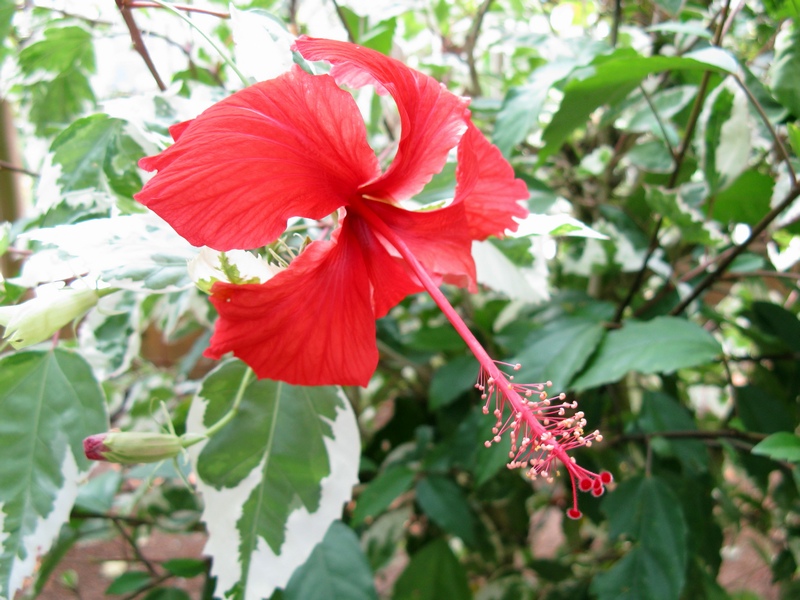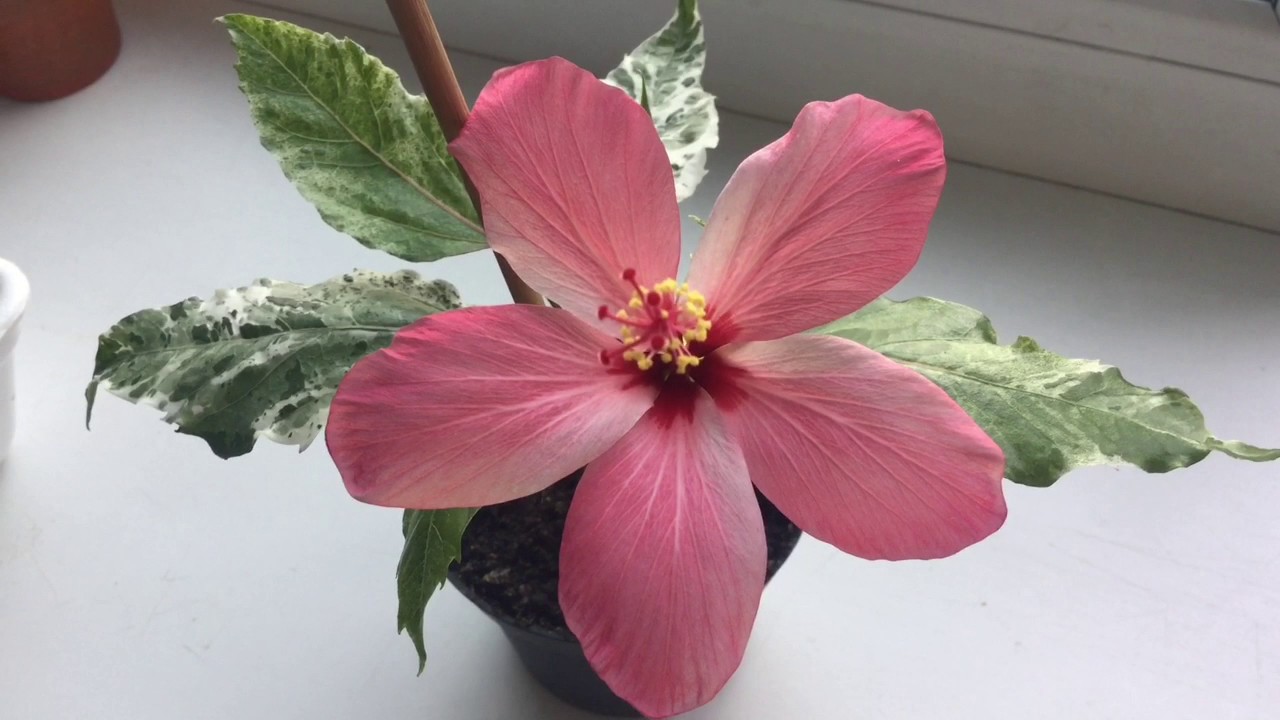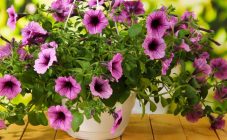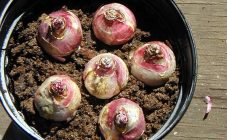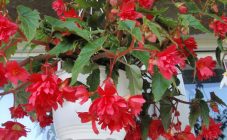Surely most houseplant lovers are already familiar with such a plant as the Chinese rose. At home it is called Cooper's hibiscus. There are several subtleties in plant care that you need to know to keep the flowers bright and the flowering period long.
Botanical description
The flower belongs to the Malvovs. It is a flowering shrub with beautiful bright buds. The duration of the flowering period is spring-autumn. The flowers themselves quickly fade, you can admire them for just a couple of days, new buds appear in place of the old ones. The color of the buds is from pink to scarlet with splashes. Plants with yellow and orange colors are also popular.
The fruiting plant is a box with several valves. It contains a large amount of seeds. They are all covered with down. This plant belongs to varieties with variegated leaves, that is, this hibiscus is variegated. For this reason, the flower received a second name: variegated hibiscus.
Hibiscus is a fairly tall plant. Reaches one and a half meters in height. And this is in apartment conditions. Elongated leaves measuring 3 × 10 cm distinguish it from fellows. Hibiscus petals are speckled. The plant is characterized by branching.
Home care
- Temperature.
During the summer for hibiscus, you need to maintain a temperature of 16 to 22 degrees.
- Watering.
Moistened soil is needed, so the flower is watered every 3-4 days. For irrigation, use settled water at room temperature.
- Illumination.
Hibiscus with variegated leaves prefers good light. The light should be slightly diffused to avoid burning the leaves and flowers. He will definitely love the southwest or south side.
The plant is sensitive to light, its branches immediately turn to the sun. From time to time, you need to turn the plant so that it grows evenly.
- Priming.
In order for air to pass perfectly to the roots, the soil for the hibiscus must be loose.
The following mixture is recommended: sand with coarse grains, earth from the garden, moistened peat or humus, lime in a small amount.
- Pruning.
The procedure takes place all year round. Pinching is required in early spring. Even very young shoots need to be pinched. As soon as the hibiscus has faded, pinch all ends. After the plant will release new shoots, already with buds. Those shoots that are parallel to the trunk are also cut off.
- Top dressing.
Fertilizer is applied only two months after planting in the ground. Further, they are fed from spring to autumn: April-October. Enough once every 21-28 days. It should be borne in mind that nitrogen-containing additives are not suitable for any plants of this species, since they may not change the color of flowers for the better. This is especially true for the Snow Queen hibiscus (Cooper's subspecies), since it has snow-white flowers.
The emphasis is on the presence of boron, copper, zinc, molybdenum in the fertilizer. Such a chemical composition of trace elements will have a positive effect on the condition of the plant.
How to propagate hibiscus
The flower can be propagated using seeds and cuttings. The most difficult method is seed, while propagation by cuttings is within the power of even a novice grower.
With the first method, flowering can be only in the second or third year. With the second, the plant pleases with bright buds in a year. With this method, there is a complete transfer of the properties of the mother plant to the daughter. The seed method, on the other hand, does not at all guarantee the transfer of key properties to future plants.
Briefly about diseases and pests
The most dangerous pest of a flower is aphid. Most often, it affects leaves and buds that have not yet matured enough. Possible damage by spider mites in internodes. For disinsection, special preparations are used. It is recommended to make a soap solution for ticks.
Cooper's hibiscus is a plant for those who like exotic and do not want to spend a lot of time and effort caring for the plant. It will appeal to flower lovers who are just starting to breed and grow bright representatives of the flora.
